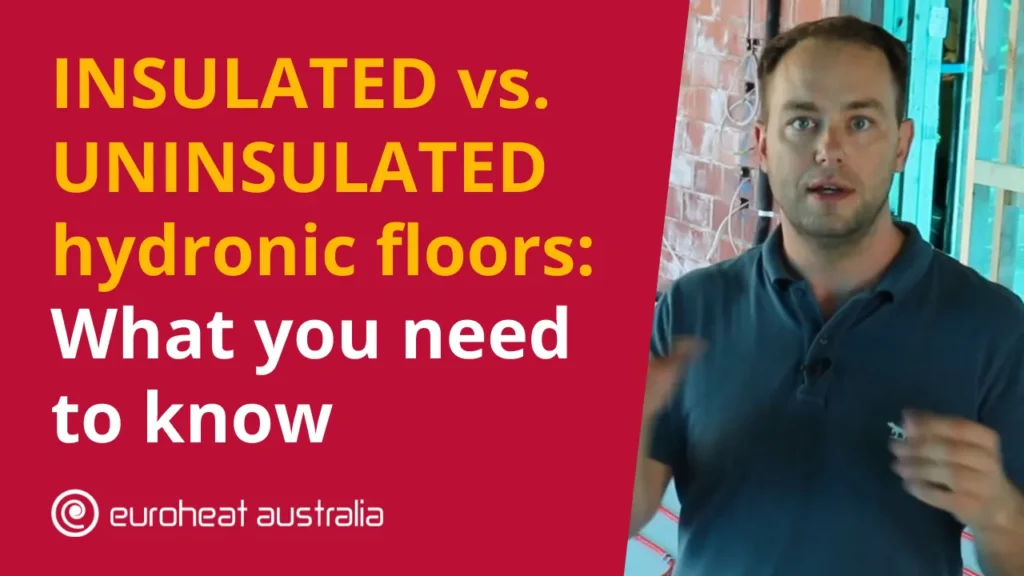As Australian business owners, it is important to consider our home’s insulation options for underfloor heating. The installation of a floor heating system is a great way to reduce the workload in the home, save money and solve any problem related to cold floors.
The installation of an underfloor heating system can be done in three different ways: hydronic, electric or air source. Each of these have their own set of benefits and drawbacks.
Hydronic heating is the most popular option for Australian homes as it is energy-efficient, reliable and cost effective. Hydronic systems use hot water that is circulated through pipes beneath the floor. This heat transfer increases the temperature of the floor surface and radiates warmth into the room above it. The benefits of hydronic systems include low running costs, low noise levels, efficient heat distribution and no need for ventilation.
Electric underfloor heating systems are also becoming increasingly popular due to their ease of installation and relatively low cost. Electric systems use electric coils that are placed beneath the floor surface to generate heat which then radiates into the room above it. The main benefit of electric underfloor heating systems is that they can be installed almost anywhere, however they do require higher running costs compared to hydronic systems due to the electricity used to power them.
Air source underfloor heating systems are more complicated than hydronic or electric options as they use air-source technology such as heat pumps or air conditioners to generate warm air which then circulates through a series of ducts beneath the floor surface. Air source systems are more expensive than other types but they offer superior efficiency with very low running costs over time.
No matter which type you choose, it is important that you ensure your insulation options for underfloor heating are up to standard before installing your system. Insulating material should be laid between the joists before any pipes or cables are installed in order to help maintain an even temperature throughout your home and prevent any energy loss from occurring beneath your floors.
When considering insulation options for your home’s underfloor heating system, you may wish to consider seeking professional advice from experienced engineers like Euroheat Australia who have been designing and constructing hydronic heating & cooling systems for over 30 years in Perth alone! Their design and installation services will ensure that you get the most out of your investment by ensuring that all aspects have been taken into consideration from installation through to energy efficiency and maintenance costs over time – allowing you relax knowing your system has been expertly installed by experienced technicians who understand all aspects of hydronic solutions!




